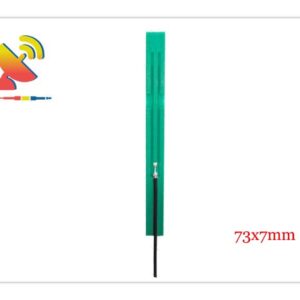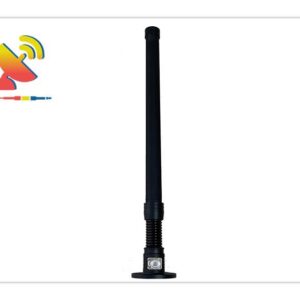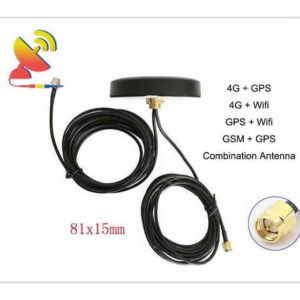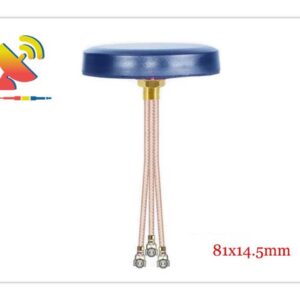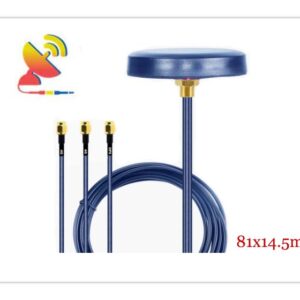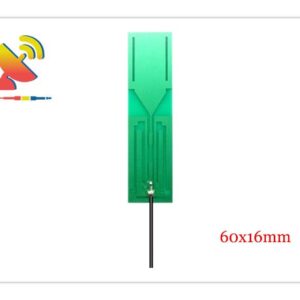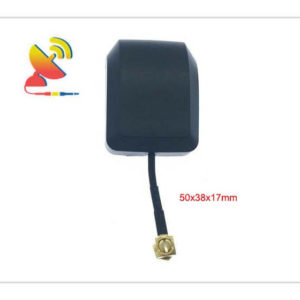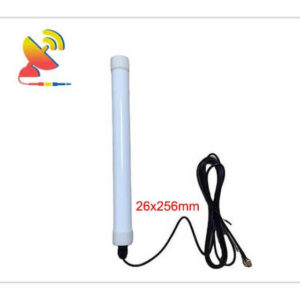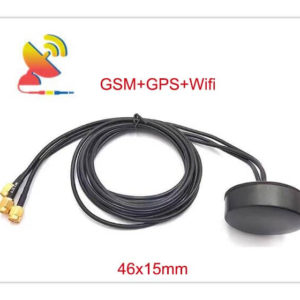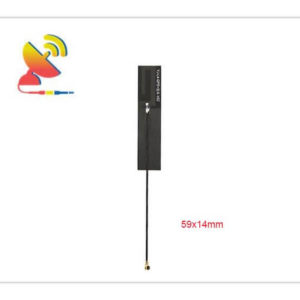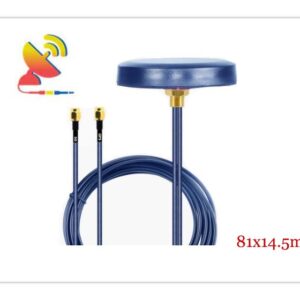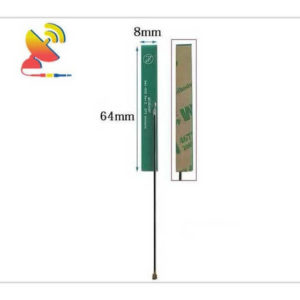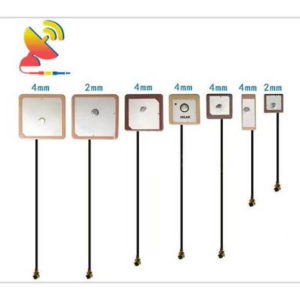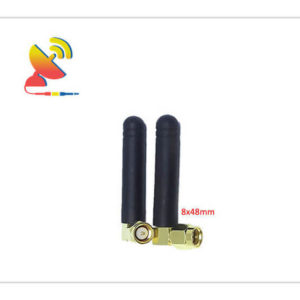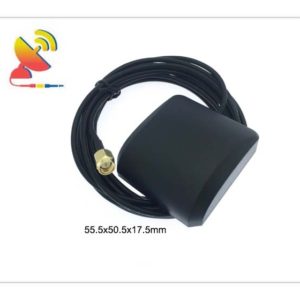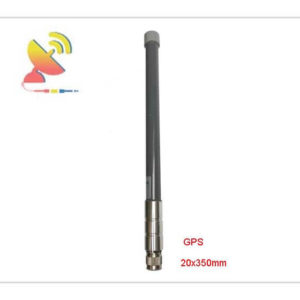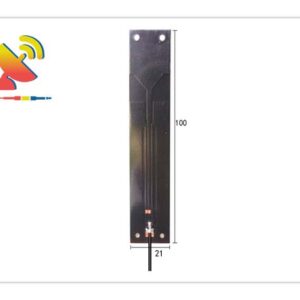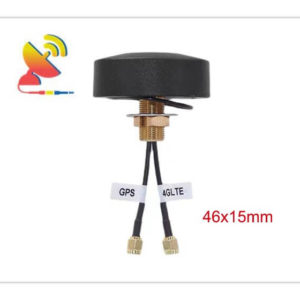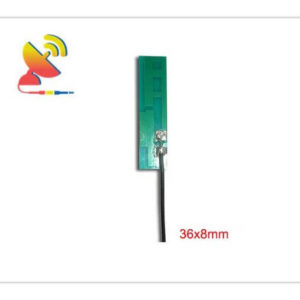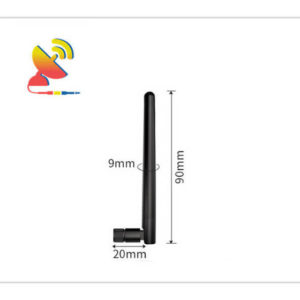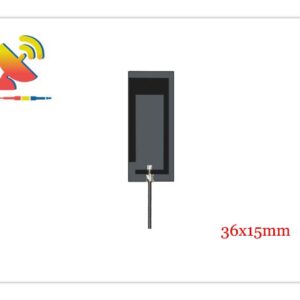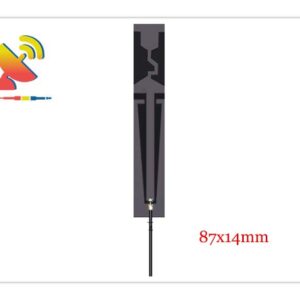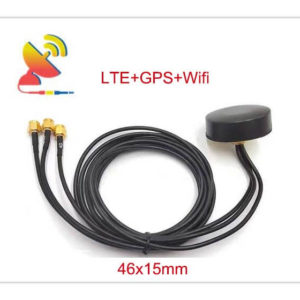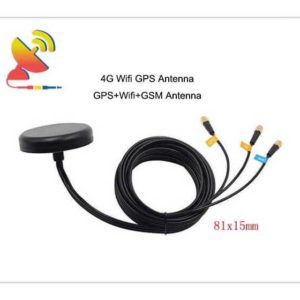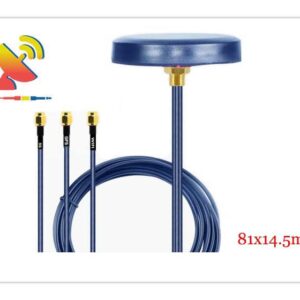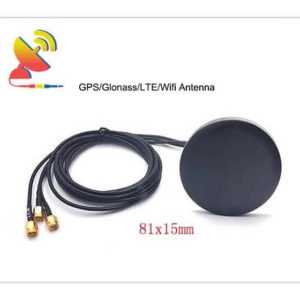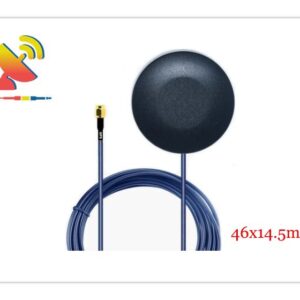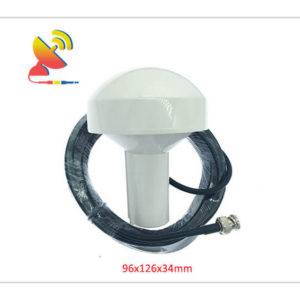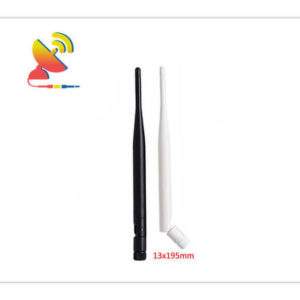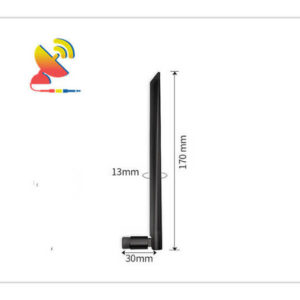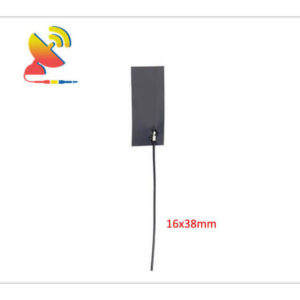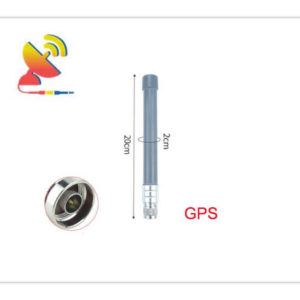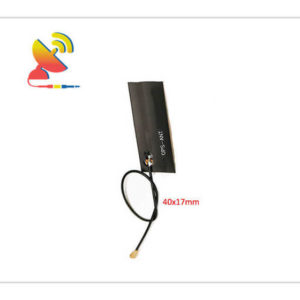GPS Antenna
GPS Antenna Manufacturer
C&T RF Antennas Inc is the internal & external active GPS antenna manufacturer, and indoor & outdoor passive GPS antenna supplier in China.
What is GPS?
The Global Positioning System (GPS) is a high-precision radio navigation system based on artificial Earth satellites that provide the accurate geographic location, speed, and time information anywhere in the world and in near-Earth space.
GPS Features
GPS is currently the most successful satellite positioning system in use and is regarded as a milestone in human positioning technology. In summary, the system has the following features.
(1) Global, all-weather continuous navigation and positioning capability
GPS can provide continuous, all-weather navigation and positioning capability for all types of users at any location in the world or in near-Earth space, without the user having to transmit signals, thus meeting the needs of multiple users.
(2) Real-time navigation, high positioning accuracy, and short observation time
When using GPS positioning, position data can be obtained several times within 1s. This near-real-time navigation capability is of great significance to highly dynamic users and can provide users with continuous three-dimensional position, three-dimensional velocity, and precise time information.
The current real-time positioning accuracy using C/A codes is 20-50m, velocity accuracy is 0.1m/s, with special processing up to 0.005m/s, and relative positioning accuracy is up to millimeter level.
With the continuous improvement of the GPS system and the continuous updating of the software, the relative static positioning within 20km now only takes 15-20min.
When each mobile station is within 15km from the reference station, the observation time of the mobile station only takes 1-2min, and then it can be positioned at any time, and the observation of each station only takes a few seconds.
(3) No need for station visibility
GPS measurement only requires the open sky over the stations and does not require the stations to see each other, so it can save a lot of the cost of mark-making (generally 30% or 50% of the total cost of mark-making).
As there is no need for inter-site visibility, the location of points can be as sparse or as dense as required, which makes the selection of points very flexible and eliminates the need for transfer points and transition points in classical surveys.
(4) Provide global unified three-dimensional geocentric coordinates
GPS measurement can accurately determine the plane position of the survey station and the geodetic elevation at the same time. At present, the GPS level can meet the accuracy of the fourth-class level measurement.
In addition, GPS positioning is calculated in the global unified WGS-84 coordinate system, so the measurement results of different locations around the world are interrelated.
(5) Easy operation of the instrument
With the continuous improvement of GPS receivers, GPS measurements are becoming more and more automated. The surveyor only needs to set up the instrument, connect the cable, measure the antenna height and monitor the working status of the instrument.
Other observation work, such as satellite caching, tracking observation, and recording, is automatically completed by the instrument, and at the end of the measurement, it is only necessary to turn off the power and put away the receiver to complete the field data collection task.
If a long period of continuous observation is required at a station, the collected data can also be transmitted to a data processing center by data communication to achieve fully automated data acquisition and processing.
In addition, the size of the receiver is also getting smaller and lighter, which greatly reduces the labor intensity of the measurement author and makes field work easier.
(6) Strong anti-jamming ability and good confidentiality
GPS uses spread-spectrum technology and pseudo-code technology, the user only needs to receive the GPS signal, will not transmit the signal itself, and will not be interfered with by other external signal sources.
(7) Multiple functions and wide application
GPS is a dual-use system for military and civilian use, and its application range is very wide. Specific application examples include car navigation and traffic management, patrol vehicle management, road engineering, personal positioning, navigators, etc.
Buying Guide for the GPS antenna
Gain: What are the dBi of the GPS antennas?
1dBi to 28dBi high gain antennas.
VSWR: What is the VSWR of the GPS antennas?
≤1.5 for single-band frequencies, ≤2.0 for dual-band frequencies, and ≤3.0 for multi-band frequencies
Impedance: What is the impedance of the GPS antennas?
50 Ω.
Frequency: What are the frequencies of the GPS antennas?
The frequencies include 1176.45 MHz, 1227.6MHz, 1575.42 MHz, 1278.75MHz, 1602 MHz, etc.
Direction: What are the directions of the GPS antennas?
Omnidirectional & directional.
Polarization: What is the polarization of the GPS antennas?
RHCP polarization.
Price: How much do the GPS antennas cost?
Based on different GPS antenna models.
Antenna Type: What are the types of GPS antennas?
Passive & Active Antenna
Cable Type: What are the cable types of GPS antennas?
RG Cable.
Connector: What are the connectors of the GPS antennas?
Ipex, UFL, MHF, SMA, BNC, TNC, N-type, etc.
Size: What are the sizes of the GPS antennas?
The different GPS antenna has different size.
Material: What are the materials of the GPS antennas?
Plastic, Magnetic, Glass fiber, PCB, Flexible PCB, Copper coil, etc.
Weight: What are the weights of the GPS antennas?
Based on different GPS antenna models has different weights.
Color: What are the colors of the GPS antennas?
Grey, black, white, green.
Operation Temperature: What is the operating temperature of the GPS antennas?
-40˚C ~ +85˚C.
Storage Temperature: What is the storage temperature of the GPS antennas?
-40˚C ~ +80˚C.
Safety Emission: What is the safety emission of the GPS antennas?
RoHS/CE Compliant.
Features: What special features does the GPS antenna have?
Low-Profile, Low V.S.W.R, Low Loss, High Gain, High Efficiency, High Sensitivity, Sturdy, Durable, Good Impact Resistance, Full Day Working, Optimized Dimensions, etc
Mounting Method: What are the mounting methods of the GPS antennas?
Screw-mounted, Terminal mount, Based mount, Pole mount, etc.
Application: What are the applications of GPS antennas?
Real-time positioning
Track tracking
System Management
Electronic fence
Vibration alarm
Over speed alarm
Emergency help
Etc.
C&T RF Antennas Inc provides the active GPS antenna, passive GPS antenna with the external GPS antenna for cars, vehicles, and the internal GPS antenna for smart device tracking.
C&T RF Antennas Inc manufactures the RF antenna with Dualband wifi 2.4G, wifi 5.8G, 169 MHz, 230 MHz, 315 MHz, 433 MHz, 868 MHz, 915 MHz, UWB, RFID, ADS-B, ISM, GPS, GNSS, Cellular, Lora, NB-IoT, GSM, 4G LTE, 5G NR, 6G, etc.
They are used in Wi-Fi And Bluetooth industries, IoT And M2M industries, LoRa And ISM applications, and GPS And GNSS applications.
C&T RF Antennas Inc manufactured RF antennas including Through-hole Mount Antennas, Magnetic Mount Antennas, Rubber Duck Antennas, Fiberglass Antennas, PCB Antennas, FPC Antennas, Spring Antennas with cellular antennas, Wifi antennas, Lora antennas, GNSS antennas, and combination antennas.
C&T RF Antennas Inc is a passive GPS antenna supplier and active GPS antenna manufacturer in China.
Contact us for more information on the GPS Antenna such as GPS antenna datasheet, GPS antenna pricing, GPS antenna inventory, etc.
Showing 1–16 of 45 results

